
Text messaging is an easy way to improve medication adherence rates, but success depends on a number of factors including youth and race.
Laurie Saloman is a seasoned medical journalist who has written extensively about HIV, influenza, Zika, Covid-19, cancer, endocrine disorders, mental illness, and other infectious and non-infectious diseases. Her work has appeared in Contagion, The American Journal of Managed Care, Pfizer’s Breakthroughs.com, Health After 50, and the journal of the Emergency Nurses Association, among others. A member of the Association of Health Care Journalists and the American Society of Journalists and Authors, Laurie lives in New Jersey with her family. You can reach her on Twitter: @LaurieSaloman

Text messaging is an easy way to improve medication adherence rates, but success depends on a number of factors including youth and race.

Experts continue to recommend that people get the seasonal flu vaccine as the scientific community works toward a universal vaccine offering lifelong protection against multiple strains.

Study results appear to indicate that conceiving while on ART poses a greater risk of stillbirth and miscarriage; however, further analysis revealed a lack of association between ART & poor outcomes.

Having HIV increases cancer risk, but long-term viral suppression, as well as early treatment, can significantly lower chances of a cancer diagnosis.

A lack of coordination among regulating bodies, pharma manufacturers, standard development organizations, and laboratory testing device companies has muddied efforts to stop antibiotic resistance; the 21st Century Cures Act aims to fix that.

The Vaccine Adverse Event Reporting System reveals a number of errors made in the administration of the new shingles vaccine.
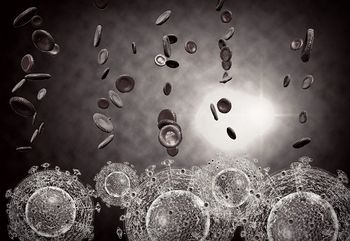
The advent of antiretroviral therapy has increased lifespans for those with HIV, meaning there’s a greater need to address the rising incidence of cancer in this aging population.
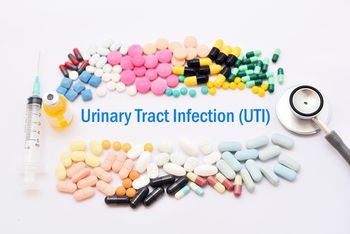
Comparing 2 commonly prescribed treatments for urinary tract infections, an international team of researchers discovers that 1 is clearly superior.
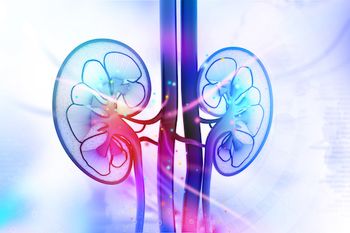
An ambitious new trial aims to confirm that people living with HIV can be kidney donors to HIV recipients, shortening the time those recipients wait for a transplant.

Big advances in treatment can’t make up for an inability to stop new infections, which number 5,000 per day worldwide.

Study results confirm both drug regimens are solid choices for many patients with HIV.

Invasive meningococcal disease doesn’t always present with the classic symptoms of stiff neck and headache—for a small subset of IMD patients, the abdomen is where the disease shows itself.
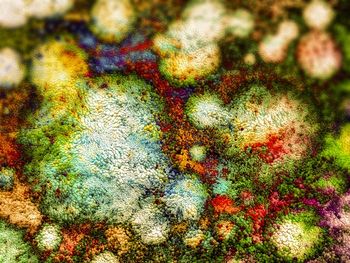
One dose of microbiota-based therapy proved more effective than 2 at wiping out recurrent C. difficile infection.

Novel HIV drug doravirine shows good potential in a recent clinical trial comparing it with established therapy darunavir.
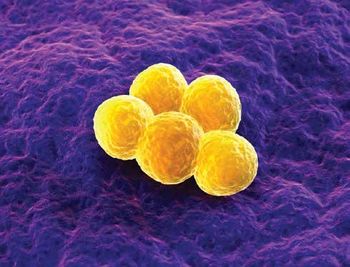
Antibiotic resistance is highly concerning to researchers, but a team of researchers have identified new synthetic antibiotics with the potential to kill aggressive bacteria.

These deadly infections are often treated with combination therapy, but a new study finds no significant difference in outcomes when using a 2-drug regimen versus a single-drug regimen.
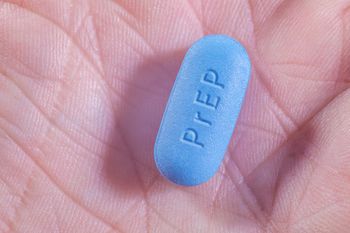
PrEP does not have to be taken daily to be effective, but consistency and a strong support system are key.

The lack of a universal flu vaccine and the ease with which borders are crossed means a fast-spreading virus could be devastating.

Although rare, children inoculated against chicken pox can present with herpes zoster at or near the vaccination site.
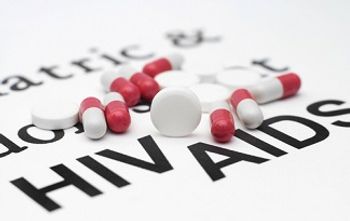
Ideally, every individual with HIV would be able to receive ART in a timely fashion, but in resource-limited communities, it’s crucial to prioritize those who will most benefit.

An ongoing study aims to confirm that newer ART regimens are as safe for pregnant women living with HIV as they are for their non-pregnant counterparts.
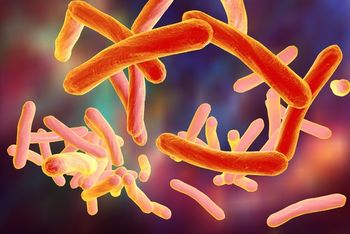
Whole genome sequencing proved useful in identifying patients with multidrug-resistant tuberculosis in an outbreak among African refugees in Europe.

Three medical centers in the United States have now been approved to perform kidney transplants from living HIV-positive donors to HIV-positive recipients. We break down the risks and benefits.
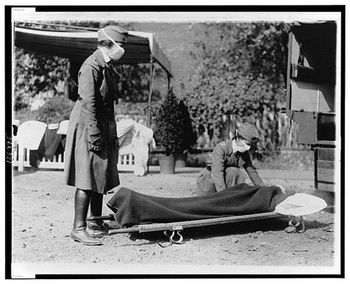
Said to have killed more people in a single year than the infamous 14th century European Black Death, the pandemic infected a full third of the world’s population.
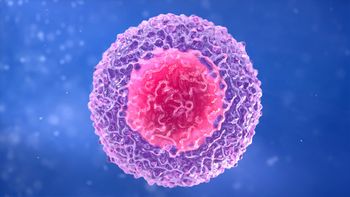
With the discovery that stem cells enable a sustained immune response to HIV, scientists are hoping to eventually reduce patients’ long-term reliance on ART.

Due to living longer and other factors, comorbidities are common in HIV-infected patients on antiretroviral therapy (ART) no matter what type of insurance they have—although some conditions are more prevalent with certain payers.
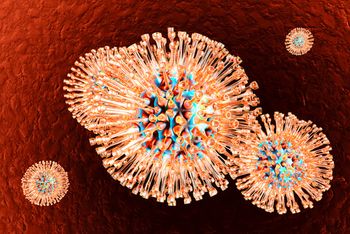
Scientists are working on developing preventive and therapeutic strategies that target both HIV and herpes, as having herpes may make individuals more vulnerable to contracting HIV.
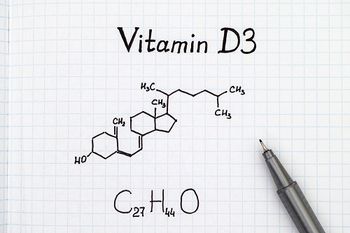
Vitamin D is known to boost bone health, but a recent study demonstrates that it has little impact on the metabolic side effects of a newly begun antiretroviral therapy (ART) regime.
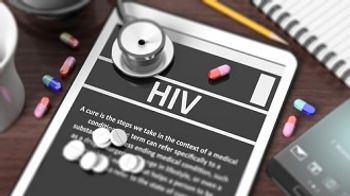
Investigators are finding that a 4-days-a-week regimen of antiretroviral therapy (ART) may be as safe and effective as daily therapy in treating HIV, while keeping costs down and lowering risks of side effects.
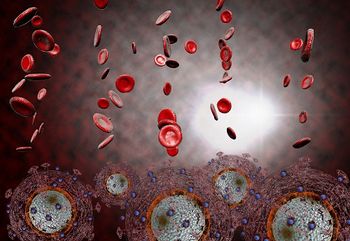
Individuals with cancer and HIV used to be excluded from clinical trials due to safety concerns, but new positive results open up treatment avenues for this population.